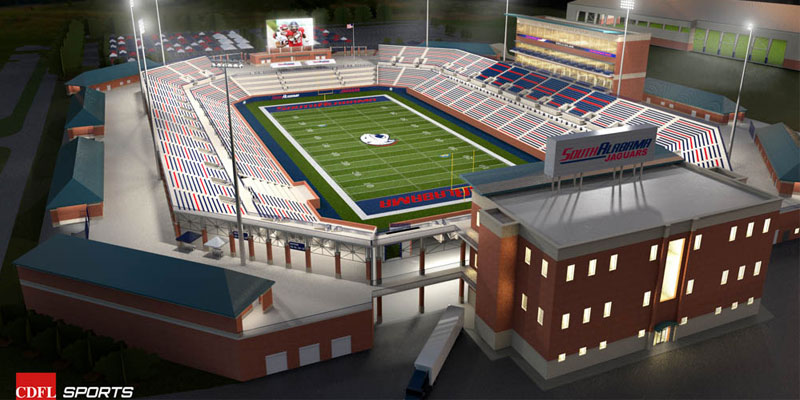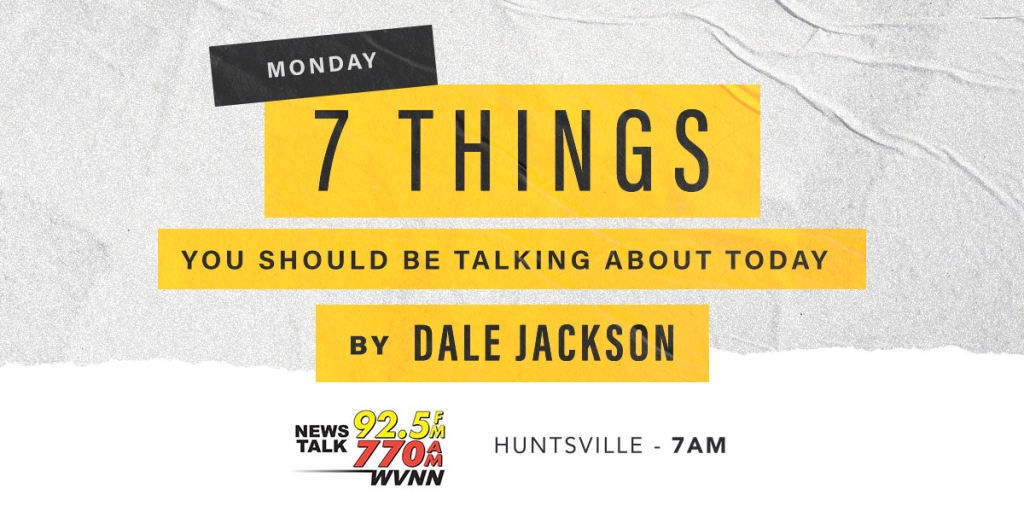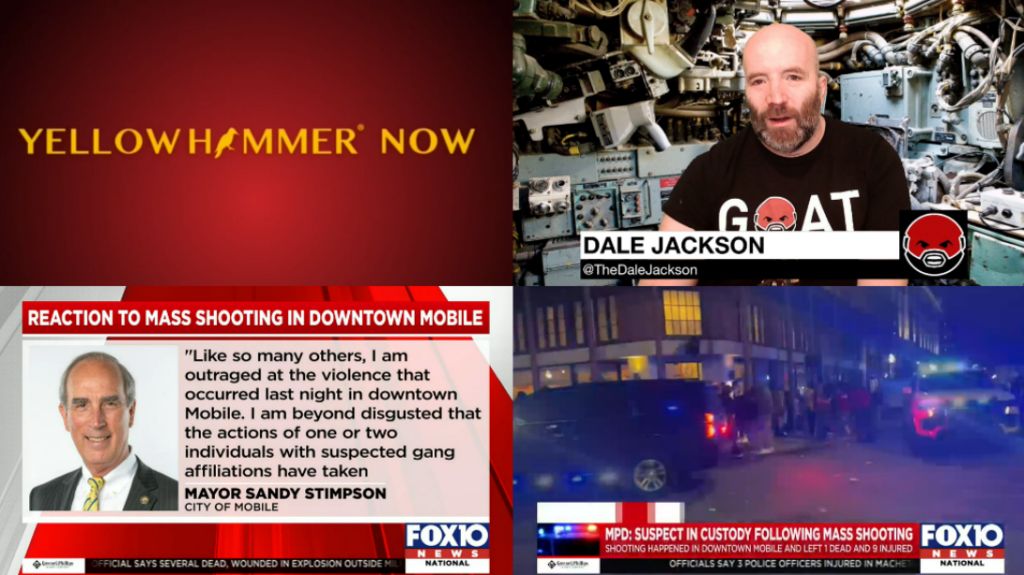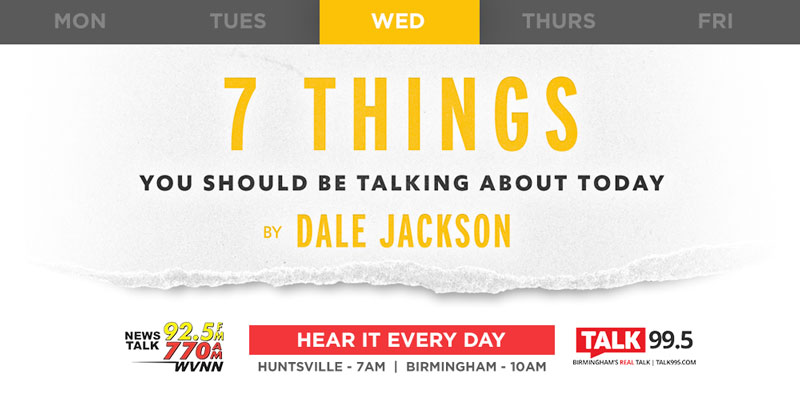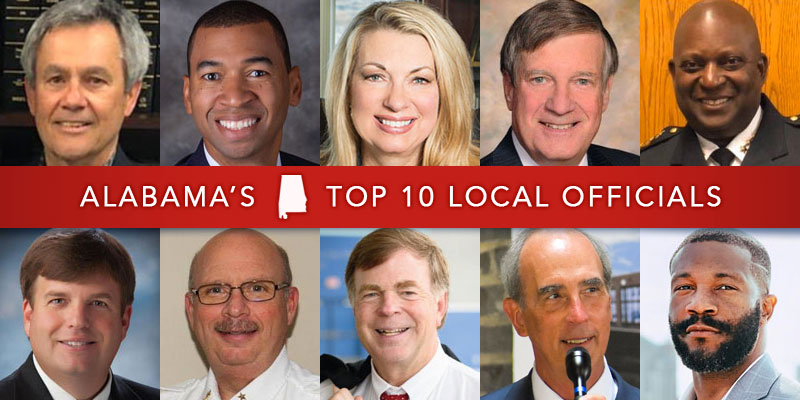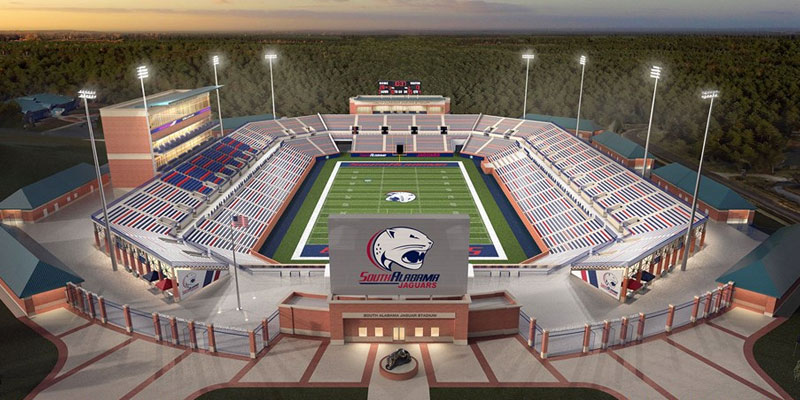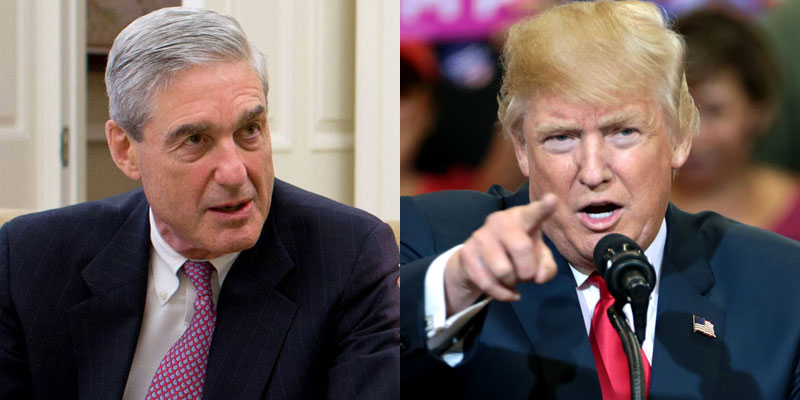It took 46 years for varsity football to become a reality at Mobile’s University of South Alabama.
For many of those years, from the institution’s founding in 1963 up until the kickoff of its first varsity football game in 2009, the school’s leadership treated not having football like it was a badge of honor.
In college football-rich Alabama, the University of South Alabama was different than the others. It would be known for Coach Eddie Stanky’s baseball success, and the occasional “Peanut Butter & Jelly” type run in college basketball’s NCAA tournament as a mid-major program.
For decades, USA’s hierarchy resisted overtures for varsity football. And every so often, the school would commission a blue-ribbon panel to deliberate about the feasibility of college football at the University of South Alabama. Then it would determine the proper course of action was for USA to drag its feet more on football.
I remember. I was there for some of this — both as a University of South Alabama student and resident of Mobile.
Some of that may have had to do with the late Mayer Mitchell. As a member of the school’s Board of Trustees, Mitchell had a prominent role within the leadership of this institution.
He died in 2007 but did a lot for the University of South Alabama. He gave copious amounts of money to the school, and his name is on the university’s iconic Mitchell Center and its Mitchell Cancer Institute.
He was also, however, a big backer of the University of Alabama’s football program. Mitchell, known as “Bubba” in the University of Alabama world, was friends with legendary Alabama head football coach Paul “Bear” Bryant.
With dual allegiances to Alabama and South Alabama, Mitchell probably was not in a hurry to see the University of South Alabama have an NCAA Division I football program.
The politics of public education and college football are as dog-eat-dog as real politics in the state of Alabama.
Case in point: The UAB on-and-off again football debacle.
Mitchell’s presence and loyalty to Tuscaloosa are perhaps why it took so long for South Alabama to get football.
Given there was no rush for the University of South Alabama to start a football program, it is ironic to see the institution’s urgent need for an on-campus stadium.
Since launching the program, the University of South Alabama has been using Mobile’s Ladd-Peebles Stadium. The stadium opened in 1948 and has been a fixture in Mobile, serving as the site of the annual Senior Bowl and the city’s yearly revolving-sponsor bowl game.
It was also the site of two pre-presidential appearances from Donald Trump, the first of which, in 2015, showed that Trump was a legitimate contender for the Republican presidential nomination.
South Alabama and its fans have soured on Ladd-Peebles Stadium in recent years. It’s an aging facility and is on the other side of town from the University of South Alabama. Therefore, it makes sense for that university to want its own on-campus facility.
However, the school is also seeking financial help from the City of Mobile to build it.
In case you haven’t been following this mini-drama taking place in Alabama’s port city, Mobile Mayor Sandy Stimpson has proposed retiring Ladd-Peebles Stadium, or possibly converting it to a high school football-only facility given the cost to renovate. According to Mayor Stimpson, the cost would be significantly more than just going in with the University of South Alabama and starting from scratch in West Mobile.
This proposal also includes moving the Senior Bowl and the city’s bowl game to this proposed new stadium.
Therefore, the mayor has lobbied his city council to commit $10 million over 20 years for USA’s $70-million-plus stadium project.
Mobile’s city council has been reluctant to agree to this proposal despite the rush to get this funding secured, as evidenced by Stimpson’s remark’s to the council earlier on Tuesday.
“Windows of opportunity close,” Stimpson said according to a report from Alabama Media Group’s Lawrence Specker. “The one with USA will close, and we need to ask, are we going to be on the inside or the outside.”
For those unfamiliar with the geography of Mobile, it’s not balkanized like Birmingham and it’s surrounding communities are. It spreads from the Mobile Bay on the east side and comes within eight miles of the Alabama-Mississippi State Line on its west side.
Right down the middle is Interstate 65, which is thought of as the dividing line between Mobile and West Mobile for some. For Mobilians, there’s an almost tribal instinct as to which side of town you dwell, and going beyond that Airport Blvd. and I-65 intersection is seen as a special trip by those living on either side of it.
My first question for the town elders of Mobile: Do we think people downtown, midtown, etc. will make a trip to West Mobile to see the University of South Alabama Jaguars take on the Texas State Bobcats? In actuality, it might not be that far. But the location could be a deterrent for those who would be giving up watching Auburn or Alabama in front of their TV in their homes on a Saturday afternoon.
Next question: Is this stadium project thought to be a way to spur economic development in this part of Mobile? I would consider what happens when that is a motivating force behind these big construction projects.
One example — making Mobile’s Airport out at Bates Field on the edge of town.
The value of the real estate along Airport Blvd. beyond I-65 did increase from the airport being there and not downtown. But after a few decades of a 13-mile inconvenience from downtown, there is a serious effort underway to move Mobile’s primary airport back downtown.
Add to that the fate of Hank Aaron Stadium. The team currently known as the Bay Bears are headed north to Madison County. The loss of minor league baseball in Mobile has some questioning if Hank Aaron Stadium, located at the intersection of Government Blvd. and I-65, should have been built closer to Mobile’s downtown.
Also: Am I the only one who thinks it is perverse for this to be the University of South Alabama’s primary focus? Some city council meetings as of late have turned into miniature pep rallies for the Jaguars, given the school has encouraged a show of support at meetings. Students and boosters have come to meetings wearing the USA “South in Your Mouth” gear.
Every other year, the University of South Alabama is instituting some fee or tuition increase.
The university’s belligerent endowment, the University of South Alabama Foundation, scoffed at the suggestion of contributing to a new stadium. (The relationship between USA and its endowment is a soap opera that warrants its own column someday.)
Lastly, why is there a lack of nostalgia for Ladd-Peebles Stadium from the people pushing the USA on-campus option? It’s a stadium that has hosted football games for Alabama, Auburn and Southern Miss over the years. Perhaps it has seen better days, but there is something to say about a historic city like Mobile having an iconic historical stadium.
One might think Mobile would have learned its lesson of completely abandoning historic for modern after building the monstrosity known as Government Plaza downtown. The failed spaceship look plagued with leaks doesn’t really scream 316-year-old city.
It is entirely legitimate to question the wisdom of the City of Mobile going in with $10 million of taxpayer money on an on-campus stadium, given all the other ailments of which the city is suffering. Opposing it doesn’t make you a troglodyte thwarting progress.
@Jeff_Poor is a graduate of Auburn University (and the University of South Alabama) and is the editor of Breitbart TV.




